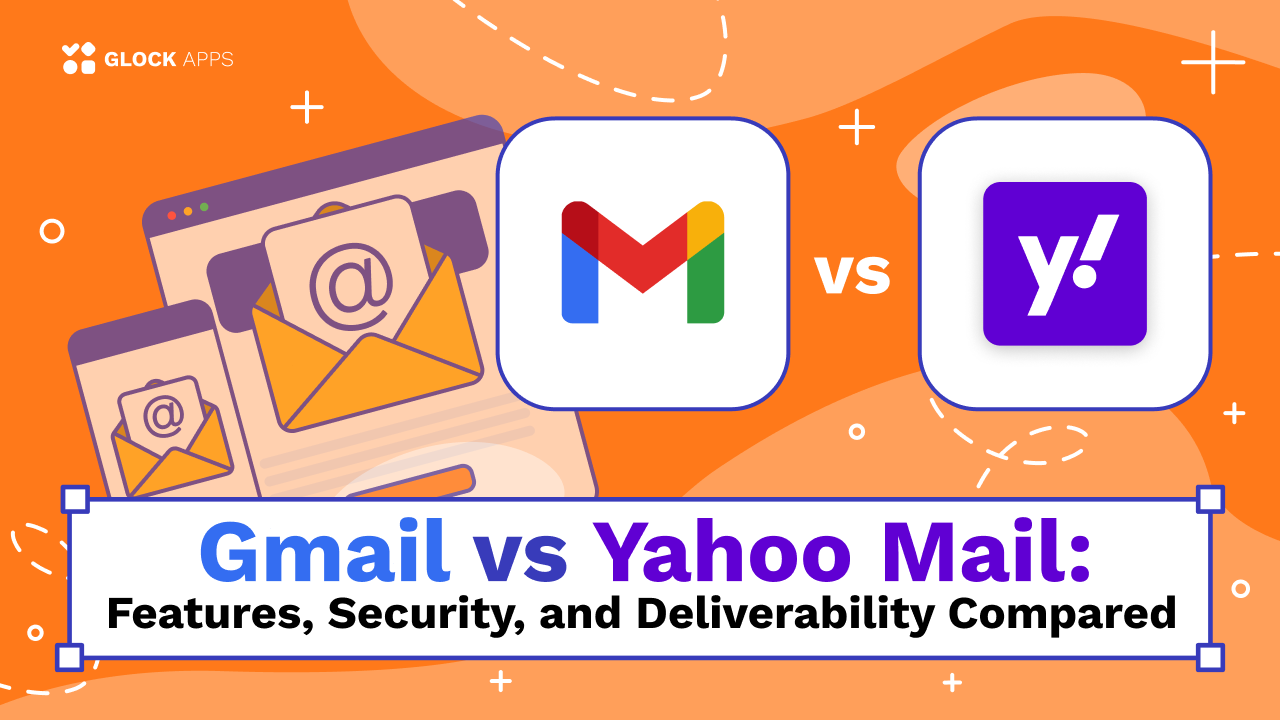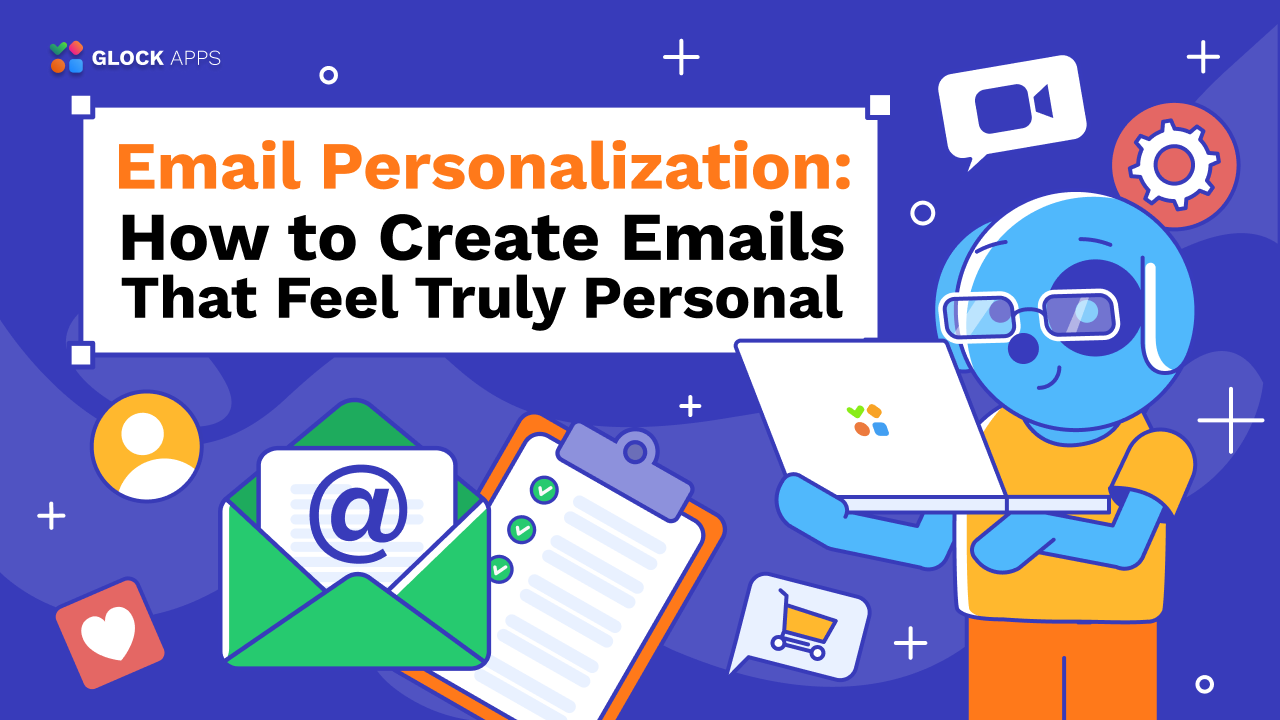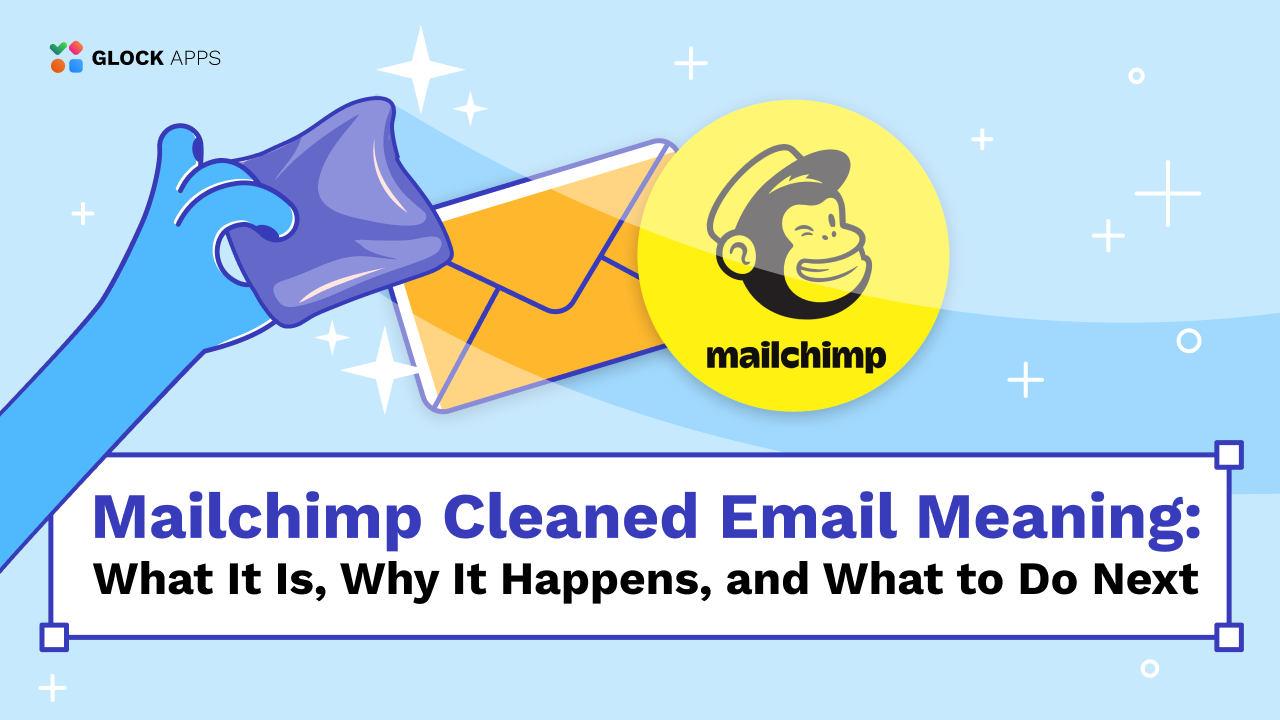How to Process Feedback Loops
What Feedback Loops Are
Feedback loop (FBL) is the mechanism by which Internet service providers (ISPs) report spam complaints to senders. Spam complaints (or abuse complaints) are generated when a subscriber clicks the “Report as spam” button in their email client. The ISP forwards the complained message back to a designated email address that has been set up by you or your email service provider (ESP).
While there can be a delay of days or weeks between the time you send the message and when it is reported as spam, most feedback loops operate in near realtime, meaning the FBL notification arrives very soon after the recipient submits the report with the expectation that you will remove that user from your database.
Your responsibility is to do it, immediately, because there is a direct connection between deliverability and a timely processing of complaints.
Repeatedly sending messages to recipients who have opted-out of your messages by means of an abuse report is the fastest way to kill your reputation. Your emails can land in the spam folder, or worse, your account can be suspended by your ESP.
How to Process Feedback Loops with GlockApps
Important! The GlockApps Bounce Monitor tool is discontinued.
Here is a step-by-step guide for processing feedback loop emails using GlockApps:
Step 1. Set up your FBL email address.
You should set up a dedicated email account to receive the reports back from the ISPs. You’re going to need it when you register for feedback loop services with ISPs.
Step 2. Sign up for feedback loops with ISPs.
The majority of ISPs provide the feedback loop service where you need to sign up to get spam complaints back at your designated email address.
The one major ISP that does not have a traditional FBL is Gmail, but they do offer your ESP the ability to receive alerts based on complaints.
You can find links to FBL signup pages of supporting ISPs here.
The most common information requested at signup includes contact information, IP address, and the designated FBL email address for receiving reports.
While most FLBs are IP based, Yahoo! offers a domain-based FBL and requires senders to authenticate with DKIM to enable the feedback loop process.
Also, as part of Yahoo!’s application, you will be asked for the d= and s= values from your DKIM signature. So, be ready to spend a little extra time for signing up with Yahoo!.
Step 3. Forward feedback loops to your personal address.
Go to your GlockApps account and navigate to Bounce Monitor -> Settings.
Note your unique email address under Bounce Sources.

Setup your mail agent to forward your feedback loop emails to that email address.
We will accept and process all the emails coming to that address from you.
Step 4. View and download reports.
We will collect the reports in your account under the Bounce Monitor meaning you can login and get the reports any time.
You can also enable the email notifications to receive the reports via email.
Benefits of a feedback loop handling process provided by GlockApps:
1. Makes it easy.
FBL messages coming from ISPs are typically in the Abuse Reporting Format (ARF) and contain a copy of the email that triggered the spam complaint.
You have to collect the information contained in these reports including the complainant’s email address so you can quickly suppress it.
Some ISPs redact the complainant’s email address from the message, which can complicate the identification process. Advanced sender programs will include tracking links in the email body or subscriber identifiers in the x-header that help identify the complaining user.
GlockApps extracts the user’s email address and other custom header fields from FBL emails for you and saves you hours of working time.
2. Maintains your list hygiene.
If someone is hitting the “report as spam” button, they want to be off that way. GlockApps helps you identify the recipients hitting “report as spam” and easily suppress complaining users from your mailing list.
3. Protects your reputation.
Continuous sending to complaining users is going to damage your sender reputation and deliverability, and, ultimately, it’s going to hurt your brand.
4. Protects your IP.
If you receive a spam complaint on an email you’ve never sent, your sending IPs have likely been compromised and you need to act. FBLs serve as a safety net and as a component of your network security.
5. Improves your program.
If you add campaign ID or list source ID to your email headers, you can understand which campaigns and lists are generating the highest complaint rates. That information will give you a starting point for a deeper analysis of your content, timing, frequency, personalization (or lack thereof), and so on.



